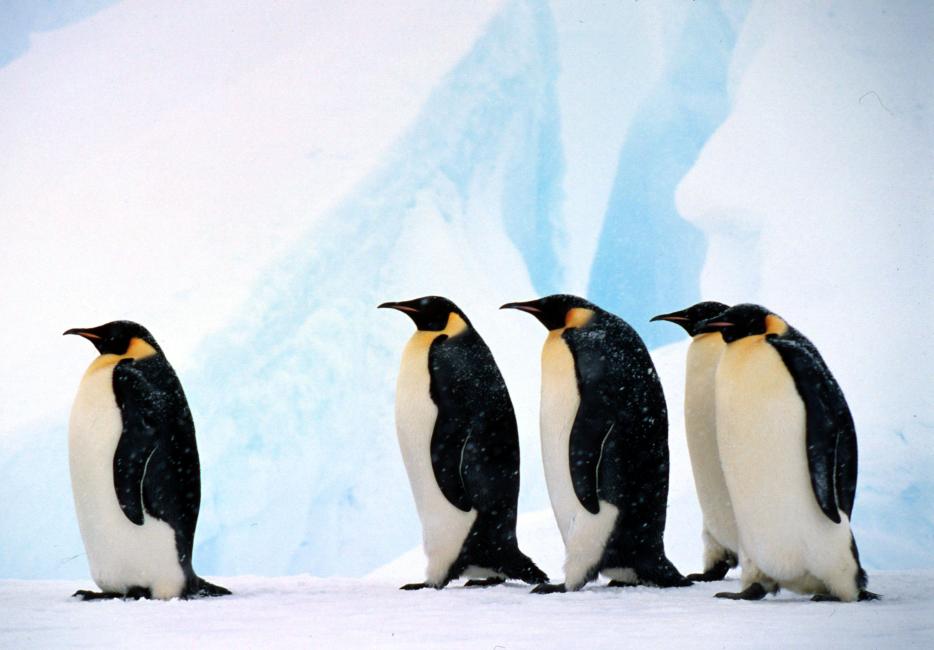
Emperor penguins: the icons of the Antarctic species:
Affected by: Climate change , Fisheries
The emperor is the largest living penguin species standing around 115cm tall. Once they have found a partner they usually mate for life and work together to keep their young fed and safe.
They might look a bit clumsy on land, but penguins are brilliant swimmers. Emperor penguins have the deepest and longest dives for any bird, often reaching depths of over 200 metres. One bird has been recorded at a depth of 565 metres.
Emperor’s are well adapted to thrive in the freezing conditions of the Antarctic. To preserve heat, they have a dense double layer of feathers – about 70 feathers per square inch – large fat reserves and, proportionally, smaller beaks and flippers compared to other penguins. This all helps prevent heat loss. They also work together to keep warm by huddling up in large groups, shuffling round so each gets a turn in the warm centre.
Populations have declined by up to 50% in some places and one colony off the Antarctic Peninsula has disappeared completely. The biggest threat to them right now is climate change due to changes in the sea ice they depend on.

For me, emperor penguins are the iconic Antarctic species. When I first saw them on the ice, I was struck by their serene grace and intricate beauty. Delicate gold patches adorn their chest like an artist’s brushstroke against their otherwise black and white plumage.
No other species is so perfectly adapted to survive in the most extreme and remote place on earth. They inspire me.
Polar programme manager
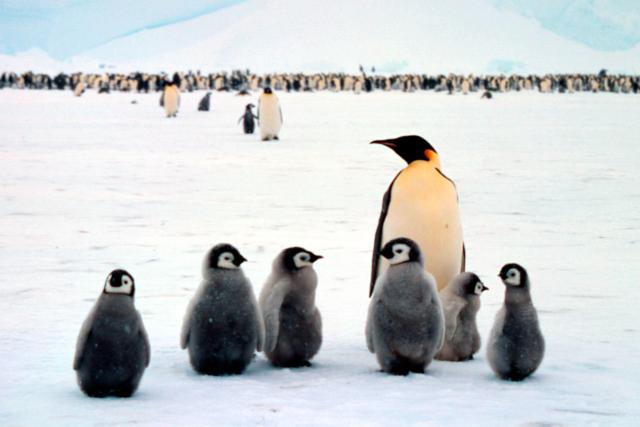
Where Emperor Penguins Live
Of the 18 different species of penguin, only two (the emperor and Adélie) are actually true Antarctic residents. Breeding colonies of emperor penguins are found around the coast of the entire Antarctic continent.
Emperor penguins may be the only bird never to set foot on land as their colonies are on the sea ice and they even breed on frozen sea. The Antarctic ice is vulnerable from climate change making the future uncertain for emperors.
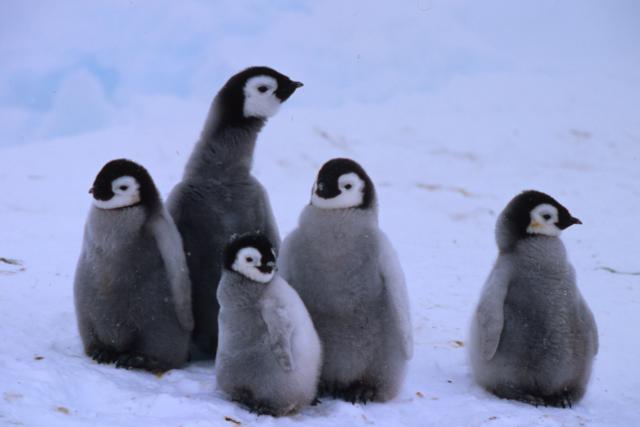
Why emperor penguins are so important
Emperor penguins are a vital part of the Antarctic food chain – they eat creatures like squid and small fish, and are an important source of food for predators like leopard seals and large sharks.
By protecting emperor penguins we’re helping look after their ocean environment, which is good for all the wildlife that depends on it.
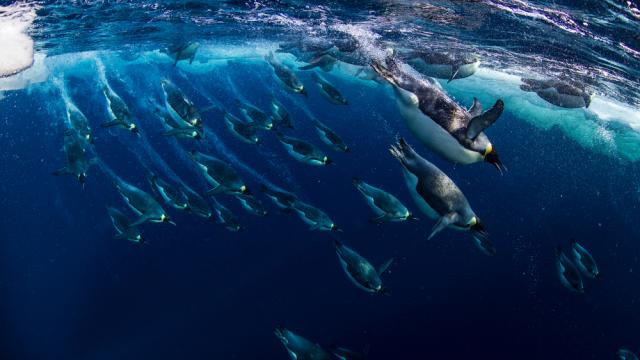
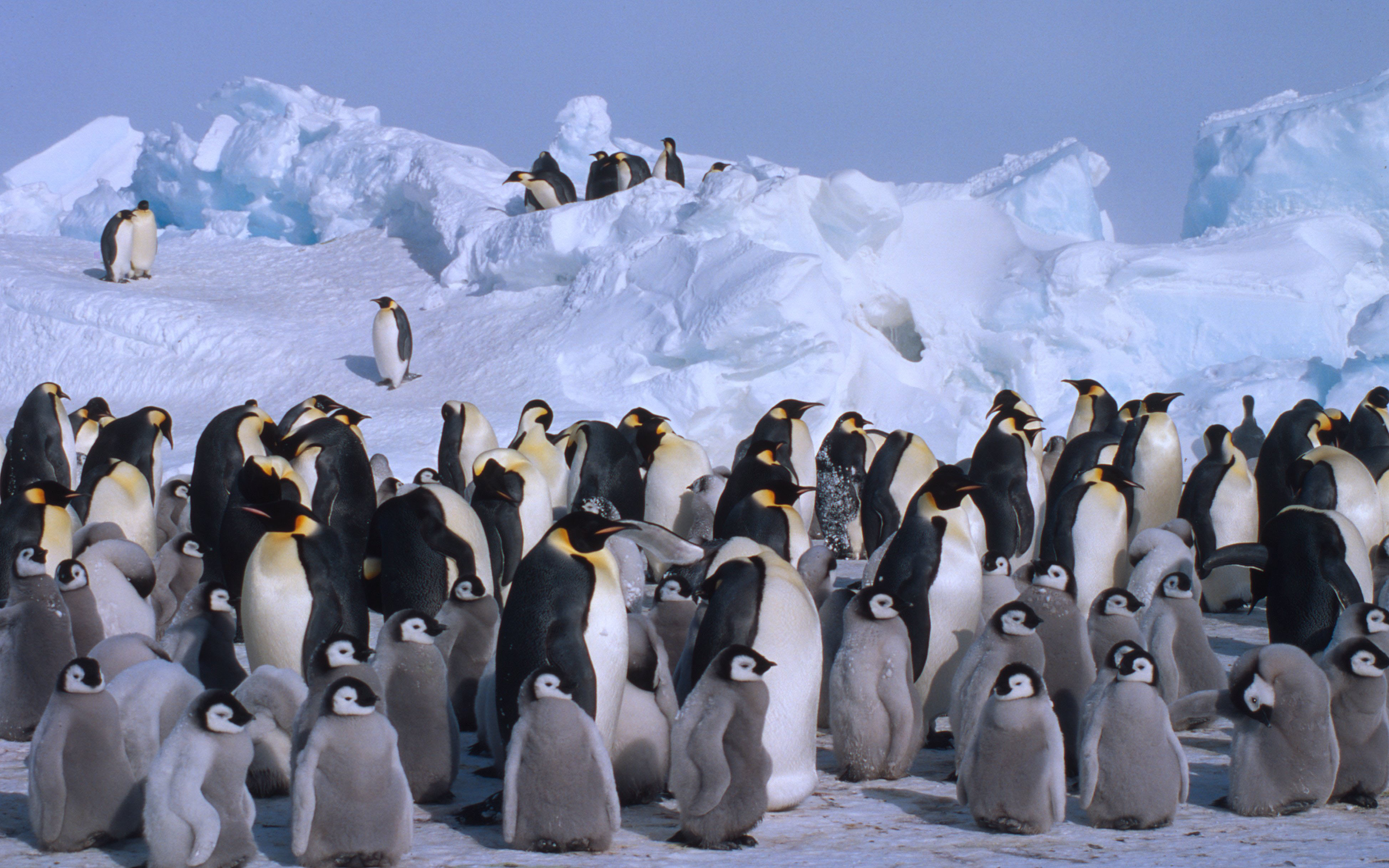
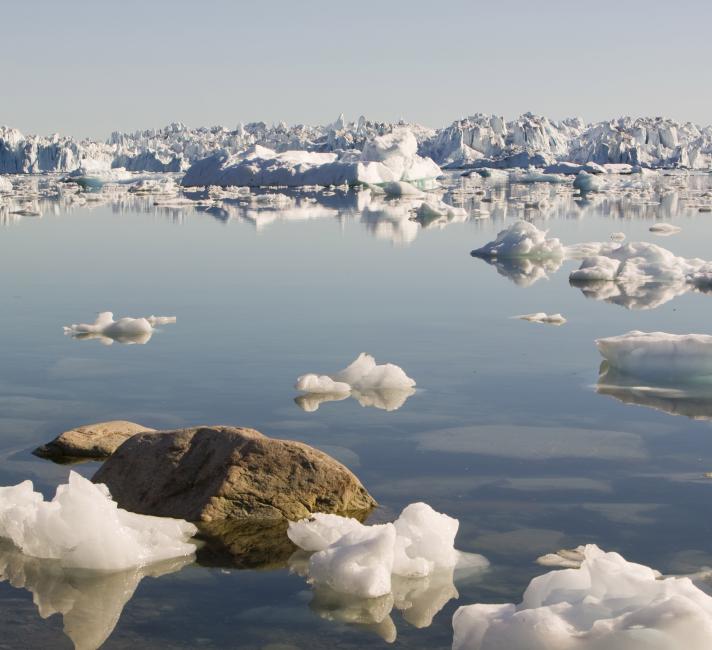
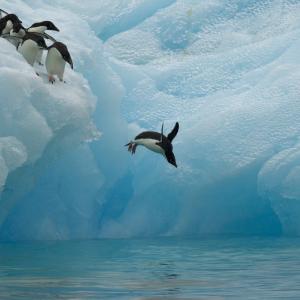 Adélie penguin: Antarctic birds with attitude
Adélie penguin: Antarctic birds with attitude
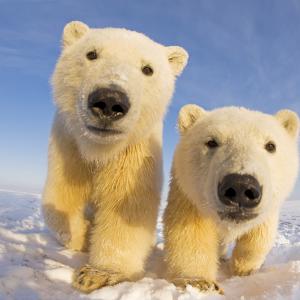 Polar bear: a powerful predator on ice
Polar bear: a powerful predator on ice
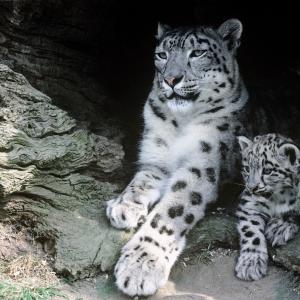 The snow leopard: elegant and elusive
The snow leopard: elegant and elusive
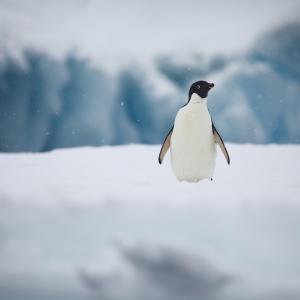 Penguin Awareness Day 2026
Penguin Awareness Day 2026